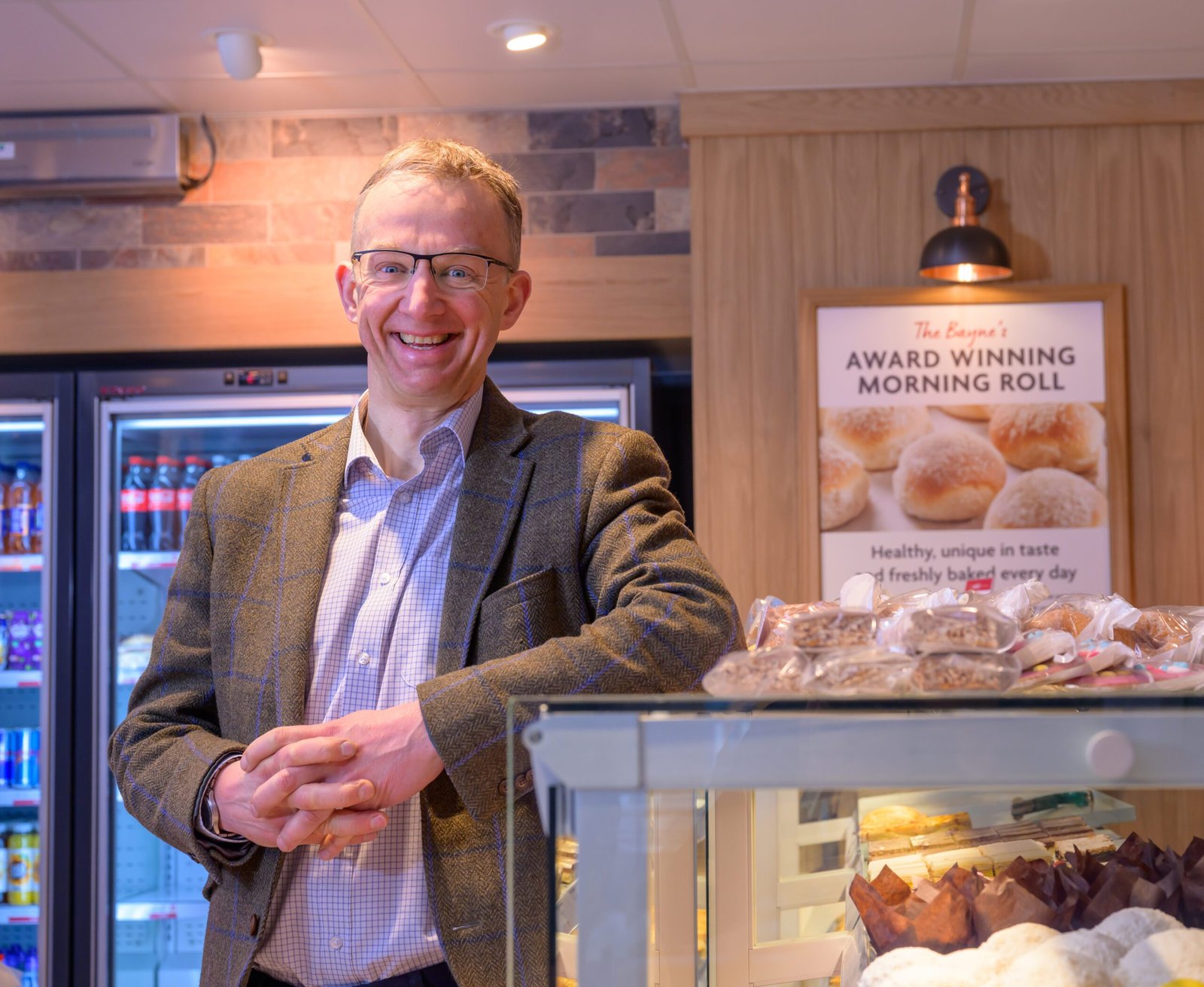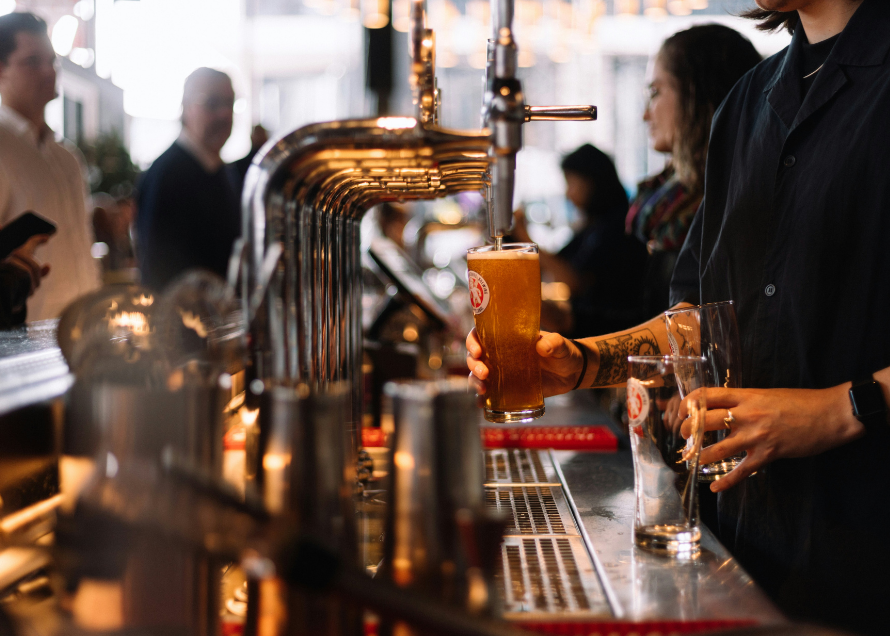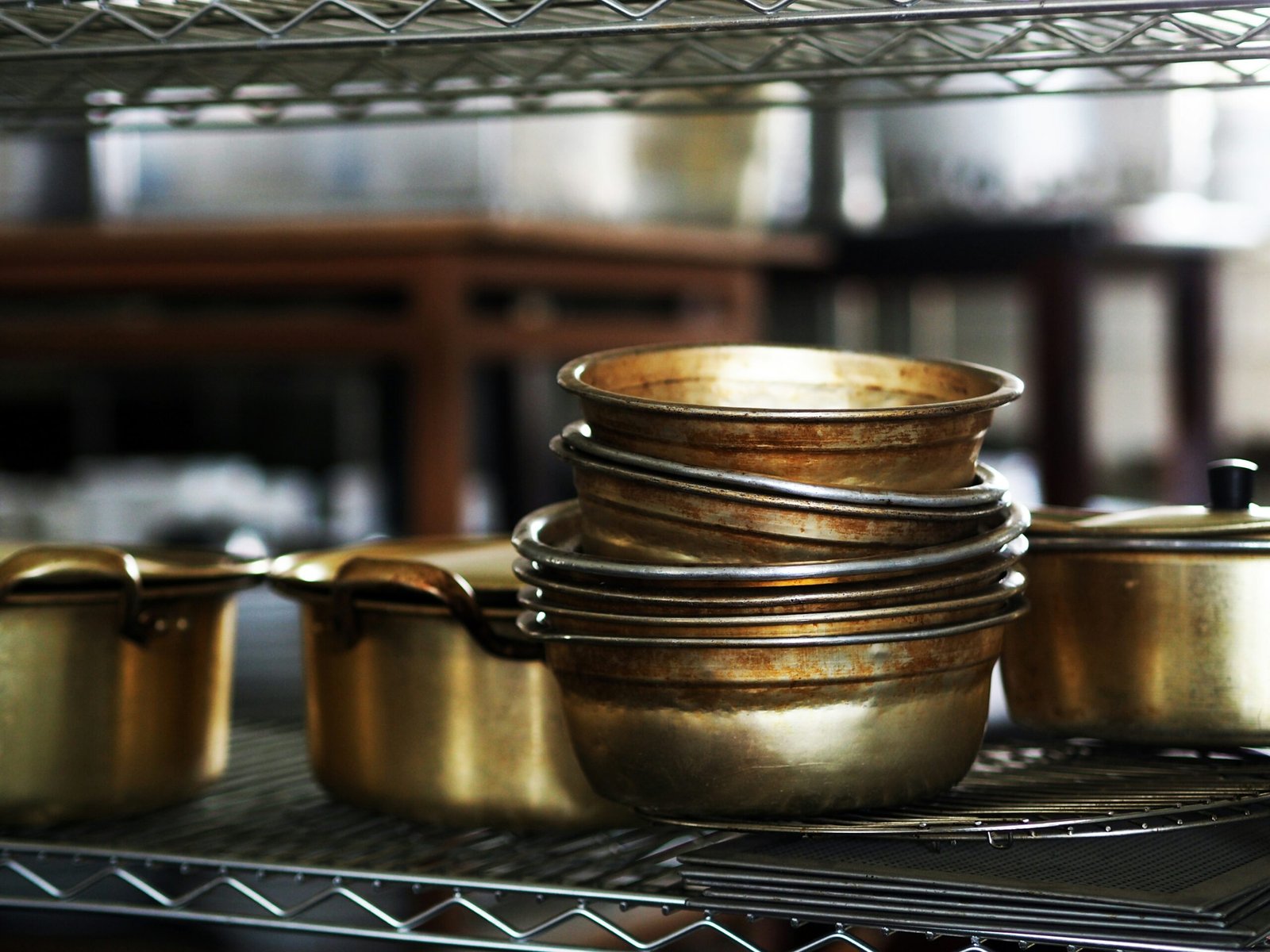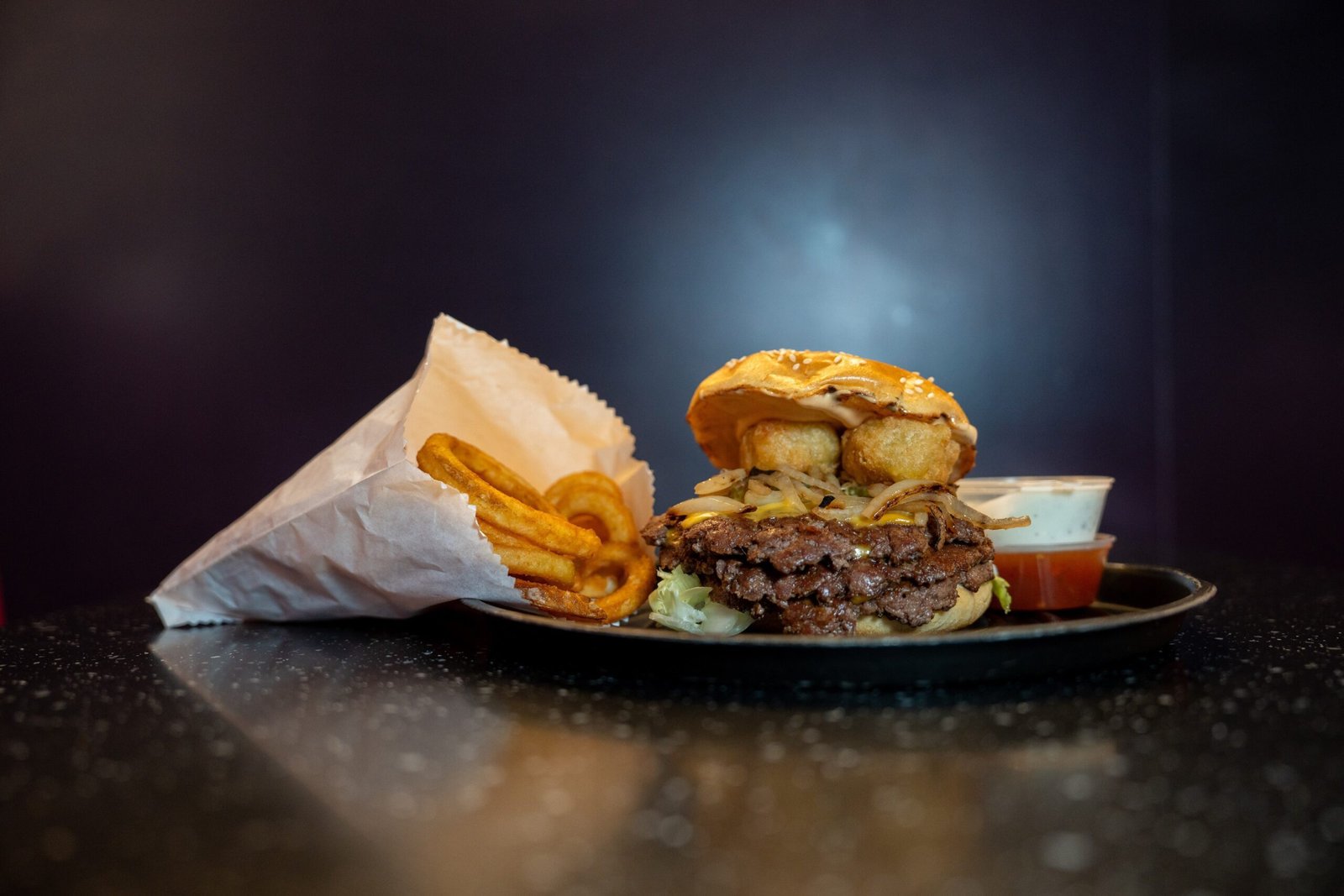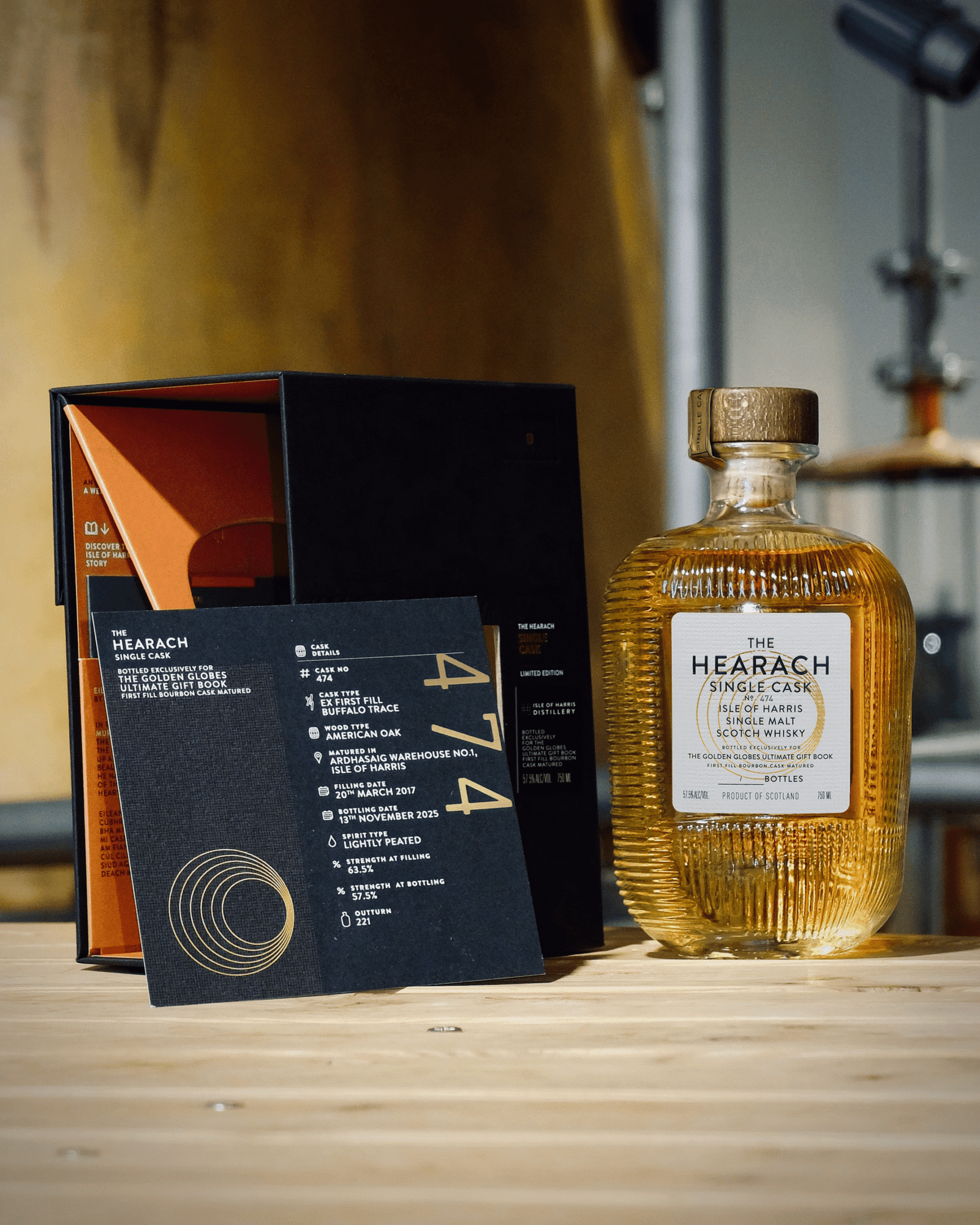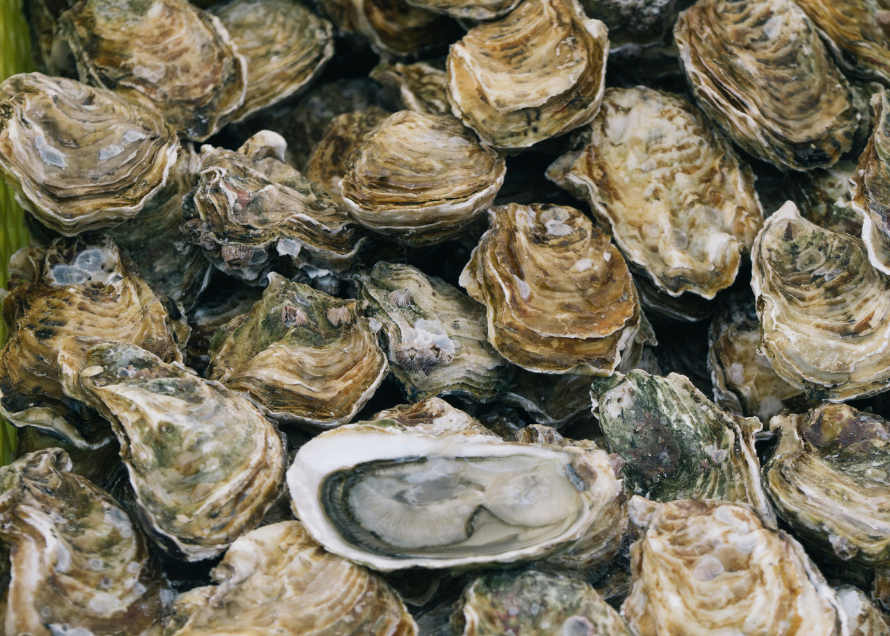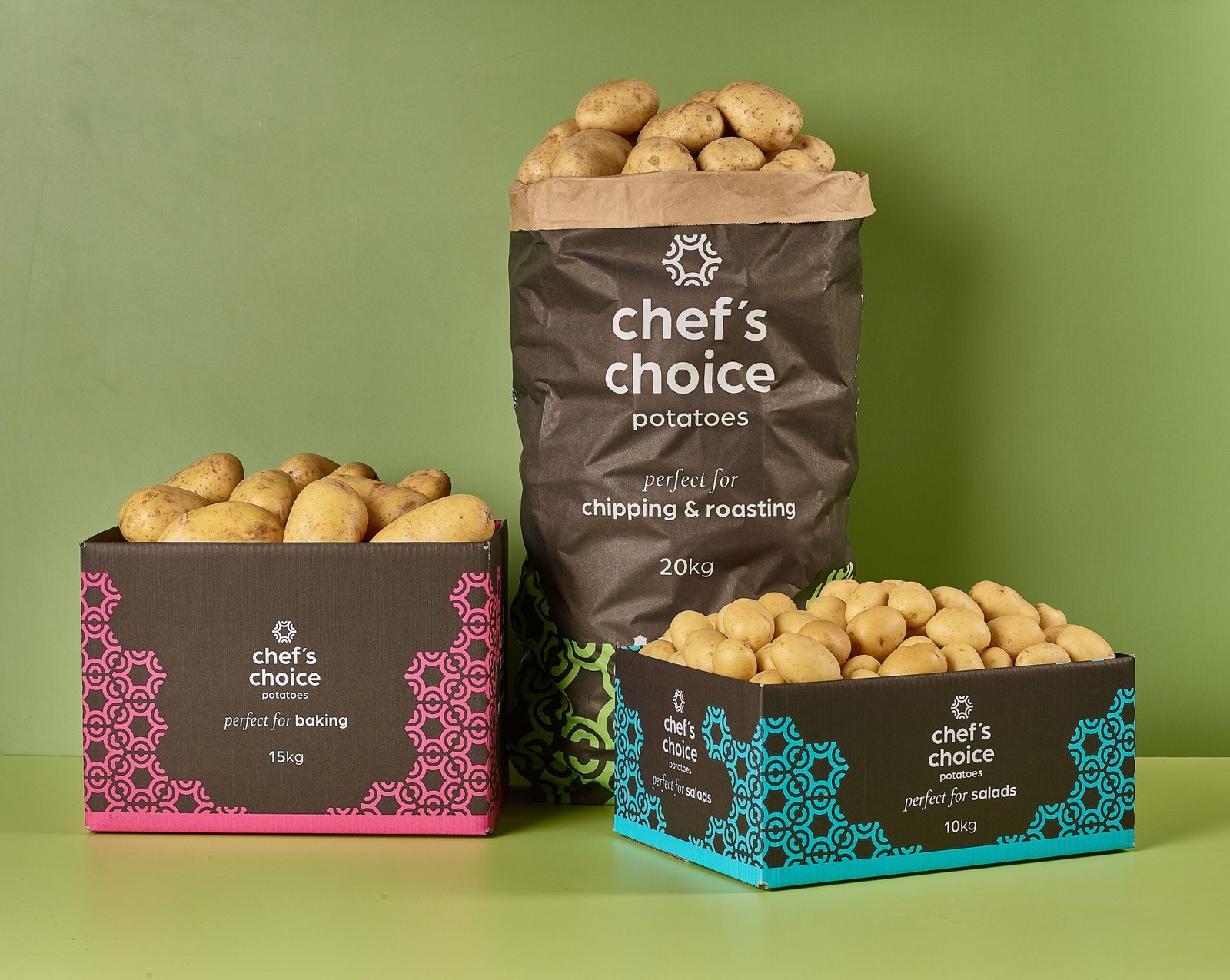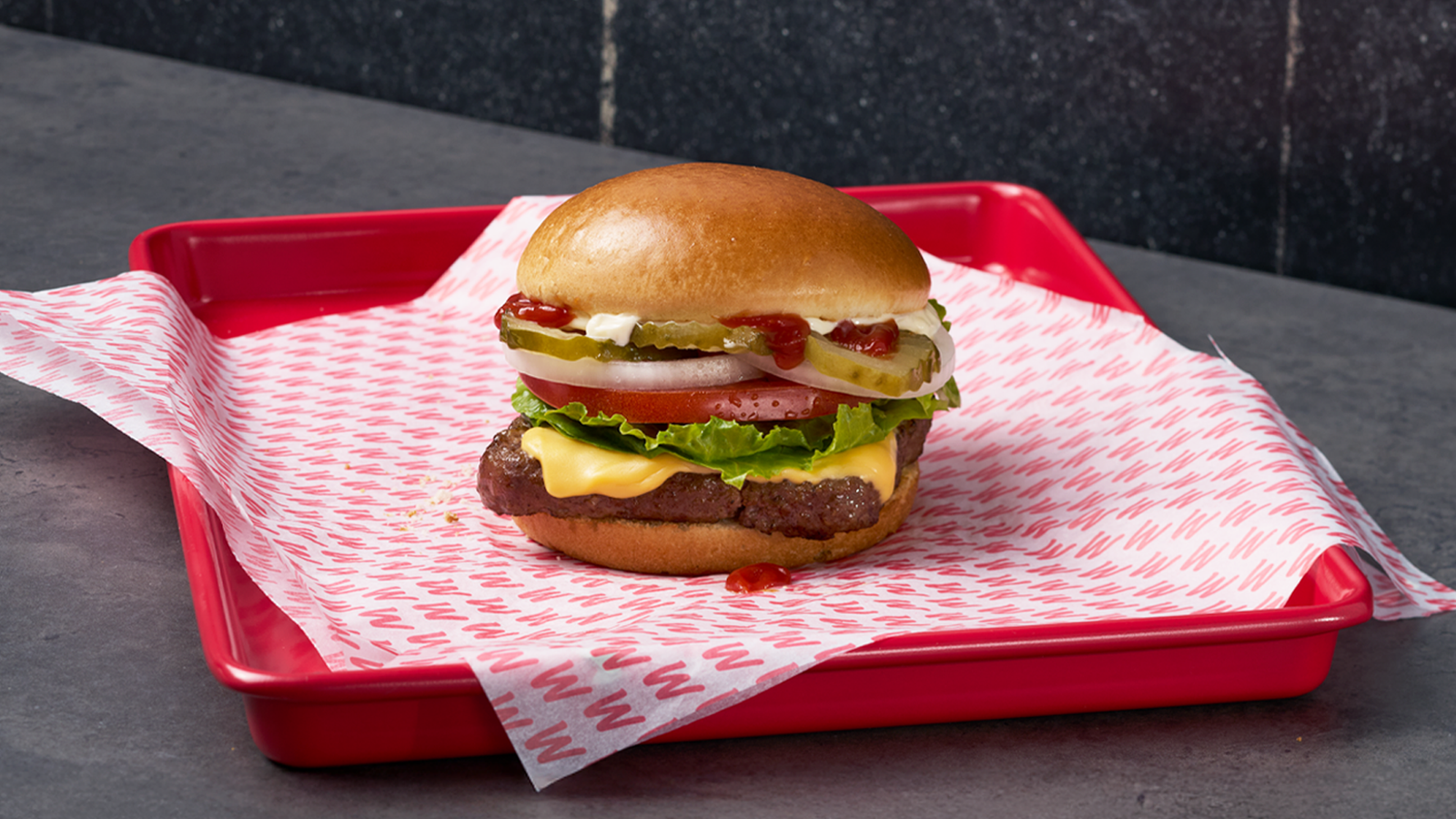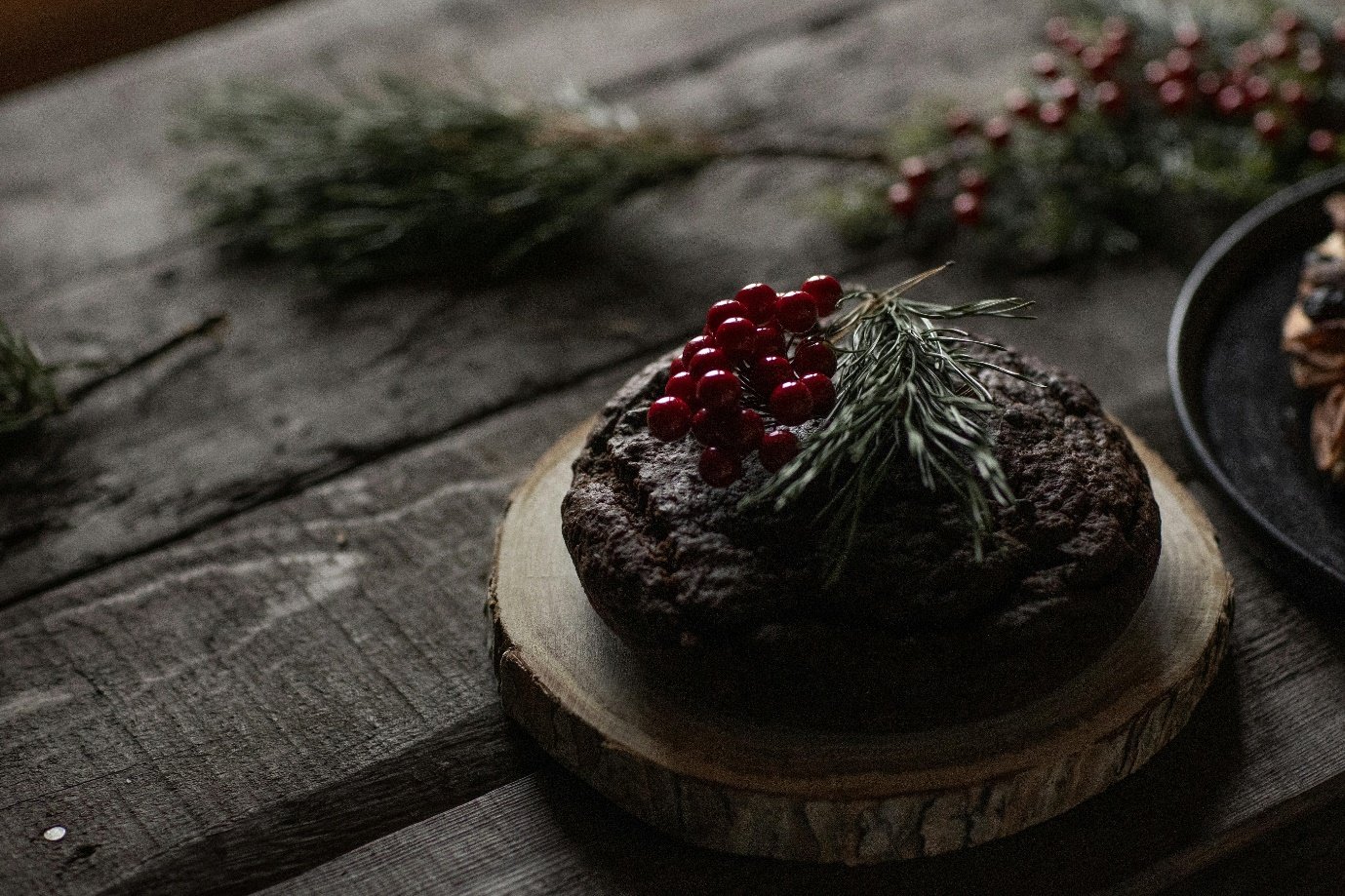Consumers are increasingly focused on quality. In the past 15 years, we have seen massive changes across the globe, both in the food offerings from restaurants as well as in the caliber of drinks served at cocktail bars.
This shift has influenced, and continues to influence, a few transformative trends in the alcoholic drinks market, forcing spirits producers and distilleries to improve the quality and breadth of their offerings.
In this article, we discuss a few of the changes that have emerged over the past few years, and what they mean for new and established spirits producers in the near future.
The new age of craft
The growth of craft beer has occurred along side craft adoption in the spirits industry. Gin, in particular, has seen enormous growth, led by brands such as Hendricks, Gin Mare and Monkey 47.
According to LEK Consulting, the U.S. craft spirits market has grown by approximately 20% per year since 2012 and is forecast to grow by approximately 15%-20% per year through 2022.
We are now seeing all types craft spirits on shelves everywhere, with wide ranging experimentation with different flavours, ingredients, ageing and botanicals to make the variety of offerings even broader.
Indeed, more and more micro-distilleries are being formed in Scotland, making not just whisky, but really interesting gins and vodkas. We are just now starting to see some of these interesting new products come to market, with a lot more on their way.
Cocktail culture
The growth of cocktail culture has also impacted the popularity of craft spirits and higher quality product offerings. In sync with the improved trends in restaurants, bartenders have dramatically improved the cocktail experience. Both classics and amazing new creations are now appearing on menus at over 70% of bars and restaurants in the UK. CGA’s Mixed Drinks Report shows that the value of on-trade cocktail sales jumped by 7.5% year on year in the first quarter of 2018 alone.
With Cadello, one of our popular signature serves is a “Rusty Nail Revival” (30ml of Scotch and 25ml of Cadello, stirred over ice with a lemon twist). The flavours of coffee, chocolate and vanilla from Cadello bring new dimensions to this classic cocktail to address consumers’ demand for new flavour profiles (even in classic cocktails).
New Products and Category Creations
The Spirits Business in its 2019 spirit trends forecast predicts an increase in boundary breaking categories – including crossovers, cask experimentations, distillation techniques and botanicals. As consumers seek differentiation, distillers are increasingly challenged to find ways to create new offerings.
In Scotland, many top distillers have broadened their experimentations with cask ageing. Among many examples, Glenlivet has recently introduced a Cognac cask edition and Glenfiddich has released a whisky aged in Canadian ice wine casks and another aged in beer barrels.
Going forward, innovation in the industry will also start to come from products that define new categories of their own.
As a brand-new premium product in the market, Cadello is appealing to the rising demand for something new, unique and high quality. Produced by a 150 year-old, Italian family-owned distillery, Cadello is steeped in history and tradition – something that has made traditional categories such as cognac, Scotch and brandy so enduringly popular.
Rise of premium and luxury
Quality has taken over from quantity. People want to drink less alcohol but still get a buzz from the enjoyment of their drinks. This coupled with a cautious return to spending, means consumers are willing to spend a little more on a reasonable volume of higher quality alcoholic beverages. Premium and luxury spirits will continue to be a major growth area in the spirits market, with millennials driving the trend. Millennials comprise 32% of spirit consumption by value, even though they comprise only 29% of the total drinking population.
CGA also calculates that 43% of all consumers select high quality drinks. This increases to 54% among 18 to 34 year olds. The result is that brands have switched their focus to higher and higher quality and differentiation, particularly in mature markets such as the UK and France.
Scotch producers are increasingly producing small batch and single barrel whiskies to address consumer demand for unique offerings that are smaller volume, higher value and higher quality. Dailuaine and Bowmore both have excellent, reasonably priced small batch offerings.
Changing relationships with alcohol
We’ve touched upon some of the trends affecting the consumption of alcohol at bars and restaurants, but there are other changes affecting our relationship with alcohol. After many years of rising prices and stagnant wages, a lot of people are choosing to drink at home to enjoy the highest quality drinks.
In addition, we now live in a world in which people explore their identity through social media. People follow experts and have access to more information and can more easily discover smaller brands that don’t have big-brand budgets for mainstream advertising.
There is also a greater sense of confidence amongst spirit drinkers to experiment and try something new, rather than reaching for the familiar. Distillers and spirits producers are addressing this by increasingly inviting consumers to see the process of making their products. Experiences such as distillery tours and events focusing on ingredients, recipes and complementary foods are becoming more and more popular. As part of the overall trends in the market, consumers are more tempted to learn about what they consume and to share their experiences.
In summary, discovery, identity, innovation and better quality have been, and will continue to, drive the spirits market. With a strong focus on addressing changing requirements and demands, spirit makers and distillers are increasingly adapting their product offerings to appeal to newly enlightened consumers who want a memorable experience.
ABOUT THE AUTHOR
Matt Dunn is co-founder of Cadello, a new, category-defining spirit produced by a 150 year-old family-owned distillery in Italy. A unique flavour combining eight ingredients, Cadello is perfect served neat or in cocktails.
Web: www.cadello88.com
Instagram: https://www.instagram.com/cadello88
Crowdcube: https://www.crowdcube.com/companies/cadello/pitches/qQX6wb
CITATIONS
U.S. craft spirits market has grown by approximately 20% per year by value since 2012 and is forecast to grow by approximately 15%-20% per year through 2022 https://www.lek.com/insights/ei/top-10-trends-affecting-spirits-industry
CGA’s Mixed Drinks Report shows that the value of on-trade cocktail sales jumped by 7.5% year on year in the first quarter of 2018. https://www.cga.co.uk/2018/04/26/cocktail-sales-continue-to-soar-as-new-trends-emerge/
You Might Also Like:
No related posts.
The Spirits Business in its 2019 spirit trends forecast predicts an increase in boundary breaking categories. https://www.thespiritsbusiness.com/2019/01/the-spirits-trends-to-watch-in-2019/5/
Millennials comprise 32% of spirit consumption by value, even though they comprise only 29% of the total drinking population. And from 2012 to 2017, the super-premium spirits and high-end premium spirits segments grew 6%-7% per year by volume”, https://www.lek.com/insights/ei/top-10-trends-affecting-spirits-industry
CGA also calculated that 43% of consumers select high quality drinks and this increases to 54% among 18 to 34 year olds https://www.cga.co.uk/2018/04/26/cocktail-sales-continue-to-soar-as-new-trends-emerge/




